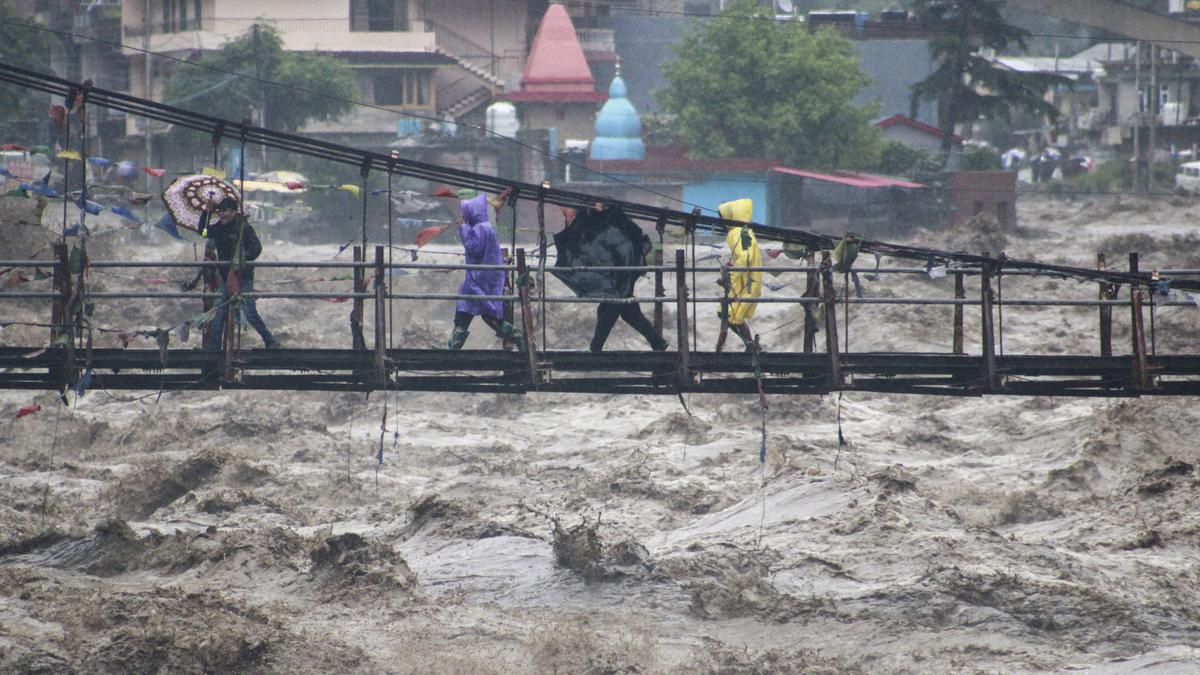Free Courses Sale ends Soon, Get It Now


Free Courses Sale ends Soon, Get It Now



Disclaimer: Copyright infringement not intended.
Context
The impact of flash floods and development in the Indian state of Himachal Pradesh.
Details
Role of Climate Change and Increased Precipitation
Reworking the Development Model
Impact of Hydropower Projects
Tourism and Road Expansion
Environmental Impact of Cement Plants
Shift in Crop Patterns
Proposed Solutions
|
PRACTICE QUESTION Q) Analyze the factors contributing to the devastating flash floods in Himachal Pradesh, examining both the impact of climate change and the anthropogenic factors resulting from development. (150 words) |
© 2024 iasgyan. All right reserved